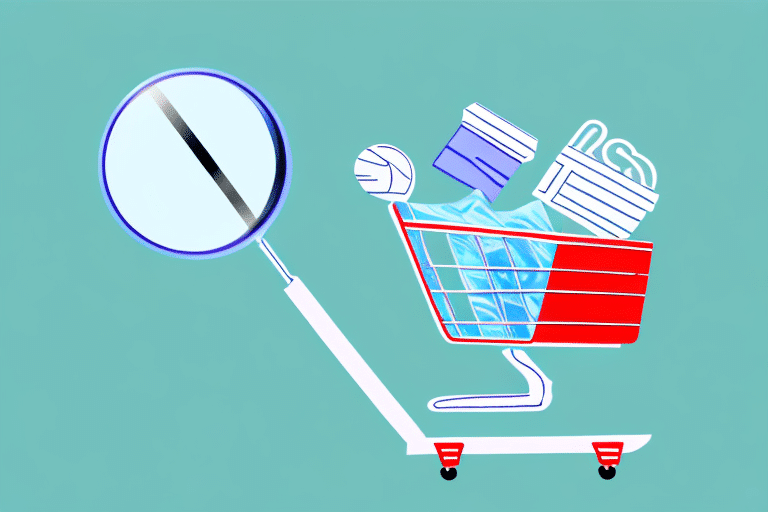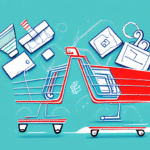Understanding the Impact of Abandoned Carts on Your Business
Abandoned carts can significantly affect your business by representing lost sales and missed opportunities to engage with potential customers. According to research by Baymard Institute, the average cart abandonment rate is nearly 70%. Beyond the immediate loss in revenue, high abandonment rates can indicate underlying issues with your website or checkout process that need addressing. By comprehensively understanding the impact of abandoned carts, you can develop effective strategies to mitigate these losses and enhance your overall customer experience.
Common Reasons for Cart Abandonment and How to Address Them
Unexpected Costs
One of the primary reasons for cart abandonment is unexpected costs such as shipping fees, taxes, or handling charges. To reduce this, be transparent about all costs from the outset. Clearly display shipping fees early in the shopping process and consider offering free shipping thresholds to encourage higher cart values.
Limited Payment Options
A lack of diverse payment options can deter customers from completing their purchases. Offering multiple payment methods, including credit cards, digital wallets like PayPal and Apple Pay, and alternative options such as buy now, pay later services, can cater to a broader audience and reduce abandonment rates.
Complicated Checkout Process
A lengthy or confusing checkout process is a common culprit behind abandoned carts. Streamline your checkout by minimizing the number of steps required, enabling guest checkout options, and ensuring that the process is mobile-friendly. Simplifying form fields and providing clear progress indicators can also enhance user experience.
Security Concerns
Customers may hesitate to provide personal and payment information if they doubt the website's security. To address this, ensure your website has a valid SSL certificate and prominently display trust badges, security seals, and customer reviews to build credibility and reassure customers.
Best Practices for Designing a Cart Recovery Strategy
Personalized Recovery Emails
Sending personalized cart recovery emails that remind customers of their abandoned items can be highly effective. Including product images, descriptions, and tailored incentives such as discounts or free shipping can entice customers to return and complete their purchase.
Retargeting Ads
Implementing retargeting ads across various platforms like Google Ads and social media can help reach customers who have left your site without completing a purchase. Use dynamic ads that showcase the exact products they abandoned to remind and encourage them to return.
User-Friendly Checkout
Ensure your checkout process is intuitive and efficient. Features like guest checkout, multiple payment options, and clear shipping and return policies can reduce friction and improve the likelihood of conversion.
Creating Effective Cart Recovery Emails and Personalization
Personalized Messaging
Addressing customers by name and referencing the specific items left in their cart can make recovery emails more engaging. Personalization based on browsing history and purchase behavior can further enhance relevance and effectiveness.
Optimal Timing
Timing is crucial when sending cart recovery emails. Research suggests that sending the first reminder within an hour of abandonment and follow-up emails within 24 hours can significantly increase the chances of conversion. Testing different timings can help identify what works best for your audience.
Incorporating Social Proof
Including customer reviews, ratings, or testimonials in your recovery emails can build trust and encourage customers to finalize their purchases. Social proof reassures customers about the quality and reliability of your products and services.
Leveraging Retargeting Ads and Social Media
Targeted Advertising
Use customer behavioral data to create targeted retargeting ads that display the products they viewed or abandoned. Platforms like Facebook and Instagram offer sophisticated targeting options to reach your audience effectively.
Social Media Integration
Integrate social media into your cart recovery strategy by using platforms to send reminders or exclusive offers. Engaging customers where they spend their time can increase the likelihood of recovering abandoned carts.
Offering Incentives and Discounts to Encourage Purchase Completion
Strategic Discounts
Offering discounts such as percentage-off deals or free shipping can provide the necessary incentive for customers to complete their purchases. It's essential to use discounts strategically to avoid eroding profit margins.
Limited-Time Offers
Creating a sense of urgency with limited-time offers can motivate customers to act quickly. Countdown timers in emails or on landing pages can enhance this urgency and drive conversions.
Measuring and Optimizing Your Cart Recovery Efforts
Key Performance Indicators (KPIs)
Track metrics like conversion rates, revenue generated from recovered carts, open and click-through rates of recovery emails, and the effectiveness of retargeting ads. These KPIs help assess the success of your strategies and identify areas for improvement.
Continuous Testing and Optimization
Implement A/B testing for different elements of your recovery strategies, such as email subject lines, content, timing, and incentives. Analyzing the results enables you to refine your approaches for maximum effectiveness.
Data-Driven Decisions
Utilize analytics tools to gain insights into customer behavior and preferences. Data-driven decision-making ensures that your cart recovery strategies are aligned with actual customer needs and trends.
In conclusion, effectively recovering abandoned carts is crucial for enhancing your online conversion rates and overall business performance. By understanding the impact of cart abandonment, addressing the common reasons behind it, and implementing best practices in your recovery strategies, you can turn lost opportunities into valuable sales. Continuously measure and optimize your efforts, stay abreast of industry trends, and prioritize customer experience to maintain and grow your revenue over time.




















